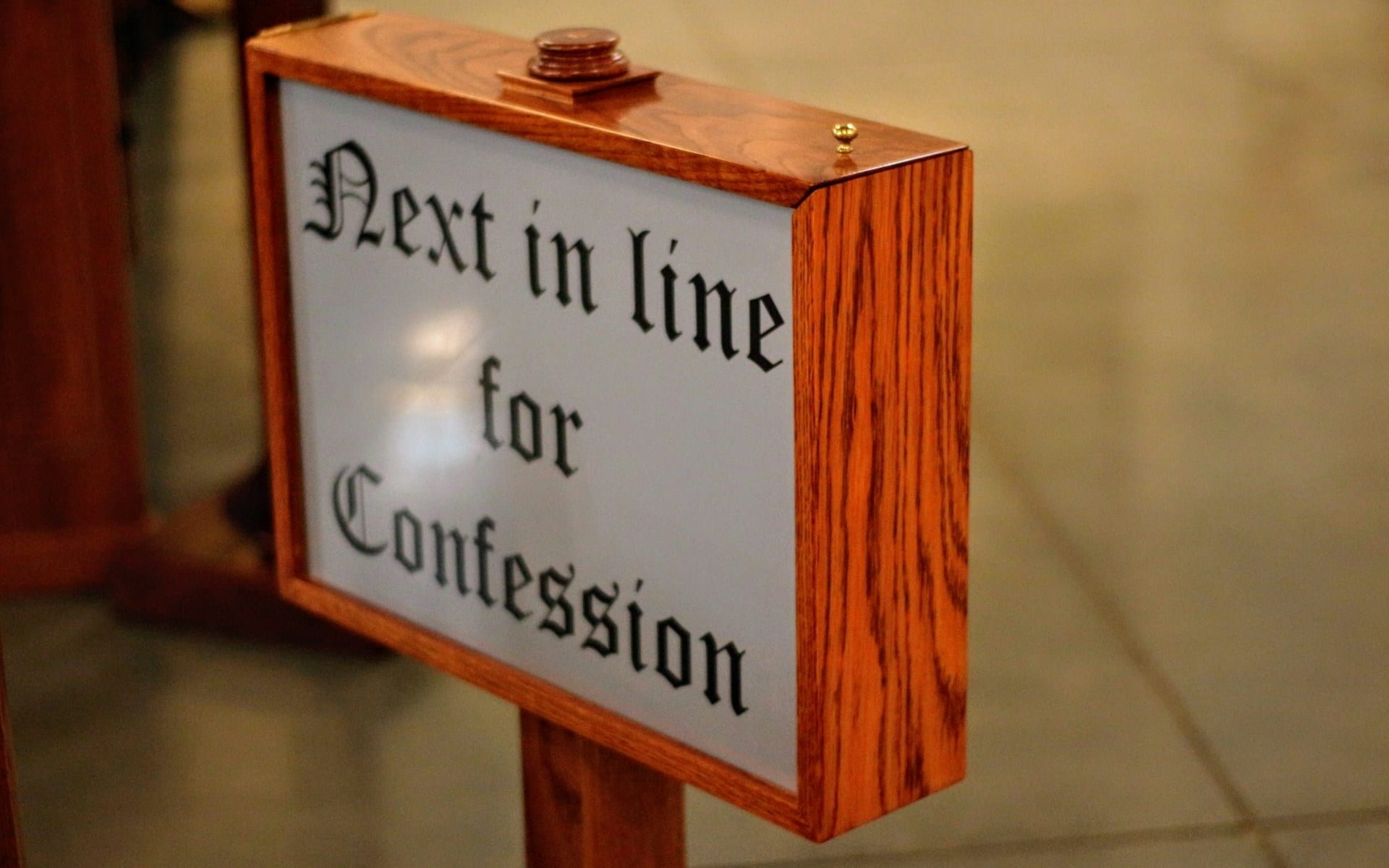This post, co-authored by Jae Ryeong Sul and Dan Degerman, was originally published as an opinion piece in the British Journal of Psychiatry. It brings together some of the central insights we gained through our research and conversations with our mental health service user and provider advisory groups.

Calls to break silence pervade public discourse on mental health. Silence can of course be harmful if it results from stigma and prevents people from getting the support they need. Such socially imposed, harmful silence should be broken.
But we need to stop talking as though all silence in mental illness is like that. Although such oversimplification lends itself to punchy campaign slogans, it does not reflect the lived experience of patients. More importantly, it can inadvertently harm people already in severe distress.
Consider silence in depression. People with depression often report losing their ability to speak, especially during severe depressive episodes. The author Matt Haig recalls such an experience: ‘There was a time when I couldn’t speak. There was a time when my depression was so heavy my tongue wouldn’t move’.
The experience of speaking less or not at all in depression is well documented. It even forms part of the diagnostic criteria for depression. Individuals who experience this may be no more able to speak about their experience than they can just ‘snap out’ of their depression.
In such cases, other people’s well-intentioned attempts to help them break silence by encouraging them to speak about their feelings may simply compound their distress.
David Blistein describes this sort of situation in his memoir of depression: ‘[T]he hardest question to bear was: “Have you tried … ?” No matter how well-meaning, I’d experience the question as another person’s opinion/expectation I’d have to add to the invisible Sisyphean load of indecision I was dealing with’.
Some silence experienced during a depressive episode can, then, be very difficult to break. In fact, it can be so difficult that the effort of doing so might cause more harm than good in some circumstances.
By contrast, some silence experienced during mania can result from intense efforts to maintain autonomy, relationships and a sense of identity.
For instance, the then-lawyer Terri Cheney recounts winning a place in a prestigious writing retreat during an episode of mania. She arrived feeling a distressingly strong urge to talk. Cheney knew that giving into that urge would risk throwing away the opportunity. ‘So I managed’, she writes, ‘by clamping my jaw shut and sucking on my tongue, to get through most of the introductory small talk with responsive nods and a tight-lipped smile’.
Although unpleasant, for Cheney, this silence was a hard-won achievement that served her dream of becoming a writer and building the relationships that required. Her experience is far from unique.
While these are just a few examples, they illustrate that silence in mental illness is a complex phenomenon. It is not always harmful or imposed by stigma. Sometimes people with mental illness are silent because they cannot speak. Sometimes they are silent because they have good reasons not to speak. It is not clear that trying to break silence in either case necessarily serves the best interest of patients, particularly if those doing the breaking do not have appropriate training.
That is why we must complement calls to break the silence with a nuanced, phenomenologically informed understanding of silence. Such an understanding explicates the varieties and functions of silence in mental illness, including as a component of effective support and care. This could provide a vital resource for those caring for people with mental illness.
Recent insights from palliative care research are instructive. These suggest that silence can foster a therapeutic space of ‘respect and non-abandonment’. Such positive silence could be particularly important for individuals undergoing a severe depressive episode. It could provide them with a space where they can simply exist with someone, without having to confront the insurmountable difficulty in sharing their experience.
The understanding that silence in mental illness is a nuanced phenomenon will not be news to many healthcare professionals. But that understanding is far from universal either in healthcare or beyond. This needs to change. It is high time that we started talking about silence the way it actually is.
Please note that we have not included references in this version of the article. For a fully refernced version, please go to the original version published in the BJPS.










